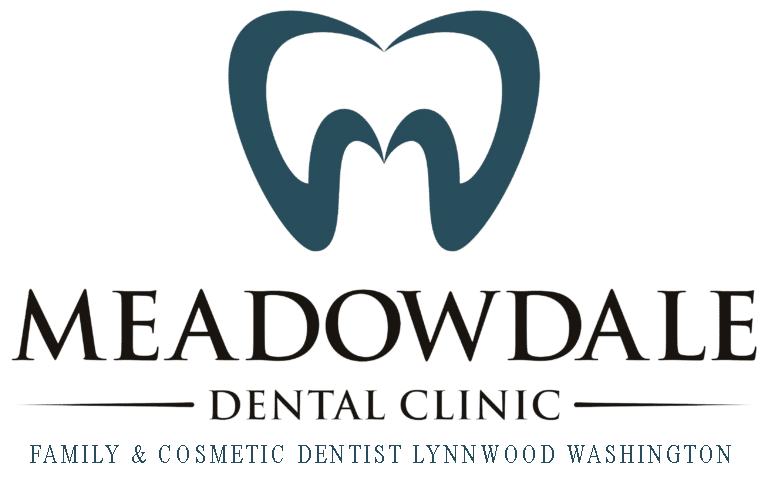Contact Meadowdale Dental Clinic Today (425) 742-9609
Different Types of Dental Bridges
Whether your dentist needs to pull a tooth, or you have a tooth fall out or get knocked out, it’s important to have that tooth replaced as soon as you can. Depending on the nature of the damage and other factors, your dentist may decide to place a dental bridge to resolve the issue. When they decide to place a bridge, there are a few different options for dental bridges that they may decide between. In order to understand the different bridge options, though, it’s important to first understand what a bridge is, and why you will need to have one placed.
What Is a Dental Bridge?
A dental bridge is a dental appliance that helps to bridge the gap where one or more teeth are missing. This is done with an abutment or frame that holds a pontic (false tooth or set of teeth) in place.
What Issues Does a Bridge Help to Resolve?
There are a few different issues that a bridge will help to resolve—starting with the cosmetic one. A gap where a tooth or teeth are missing can be unpleasant, and can affect the self- esteem of a patient. A bridge completes a patient’s smile, leaving them more confident. A bridge also helps to restore a patient’s bite, and helps to reduce the risk of various oral health issues.
The Risks of Not Having a Bridge Placed
If a bridge is not placed, there are a variety of oral health issues that may occur. Some of these include:
- Tooth Migration
- Tooth Decay
- Root Infection
- Gum Disease
- Jaw Bone Loss
Without a tooth replacement, the surrounding teeth can migrate—spilling over into the gap where the tooth or teeth are missing. This not only looks unappealing, but it also increases the risk of tooth decay and gum disease. On top of that, bone loss may occur in the jawbone. For these reasons and more, it is extremely important to replace the tooth or teeth that are missing.
Different Types of Bridges
There are a few different dental bridge options that your dentist may decide between for your particular needs. These include:
Traditional
Traditional bridges are the most common, and are what people often refer to when they discuss dental bridges. These bridges consist of a pontic (false tooth or set of teeth) being held in place with two abutments that are secured on top of reshaped, healthy teeth.
Cantilever
Cantilever bridges are essentially the same as traditional bridges, except they only have one abutment placed to hold the pontic in place, instead of two. They can still be used to bridge one or more teeth.
Maryland
Maryland bridges are a little different, as they use a metal or porcelain frame to hold the pontic in place instead of an abutment. This allows the patient to retain most or all of their natural, surrounding teeth.
The Best Choice for You
Speak with your dentist about which type of dental bridge is right for your tooth replacement needs.
Meadowdale Dental Clinic in Lynnwood, WA is highly skilled with cosmetic and restorative dental bridges. Contact their team today to find out more information on how to get started!
If you're looking for more information on dental bridges, here's some additional information on what dental bridges actually are.
